Over the past decade, the Podcast market has experienced remarkable growth. Moving beyond a simple hobbyist domain, it has now firmly established itself as a core pillar of digital media consumption. Projections estimate the podcast market size will reach nearly $46 billion in 2025, further fueling this upward trend.
Global Podcasting Market Size Forecast (in Billions USD)
Based on 2025 ~ 2032 projections
Amidst this landscape, Spotify, the powerhouse of music streaming, has also emerged as a frontrunner in the podcast market. Spotify’s strategy—a trifecta of technological innovation, an exclusive content strategy, and the cultivation of a creator-friendly ecosystem—has reshaped the podcasting playing field.
🔥 Why Are Podcasts So Hot Right Now?
Podcasts: The Ultimate Content for Maximizing Your Time
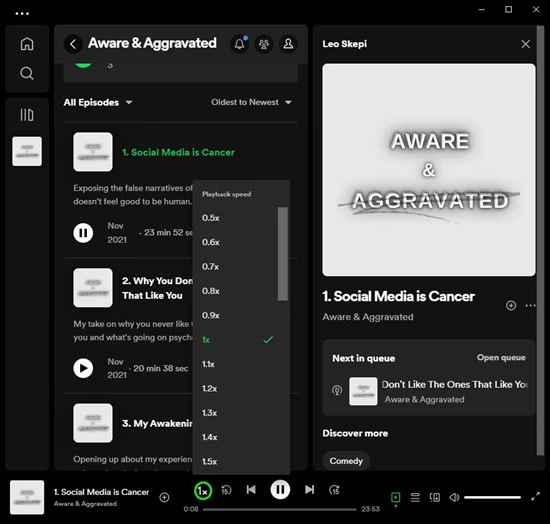
Modern society operates at a breakneck pace, an era where time is of the essence. In line with this trend, podcasts are gaining attention as content that maximizes time efficiency. One of the biggest draws of podcasts is the ability to consume content audibly while engaging in other activities like driving, exercising, or doing chores.
For modern individuals who find it difficult to carve out dedicated time for content consumption amidst busy schedules, podcasts offer an excellent alternative. They allow listeners to efficiently use their time by selecting desired topics and adjusting playback speeds, making them highly appealing to time-conscious consumers. It’s truly content that capitalizes on downtime. Furthermore, like radio, podcasts serve as “background” content. Unlike video content that demands focused viewing, podcasts can be enjoyed casually, much like background music. This makes them perfectly suited for the multitasking lifestyles of contemporary audiences.
The Rise of Video Podcasts: Adding Visual Pleasure Beyond Audio
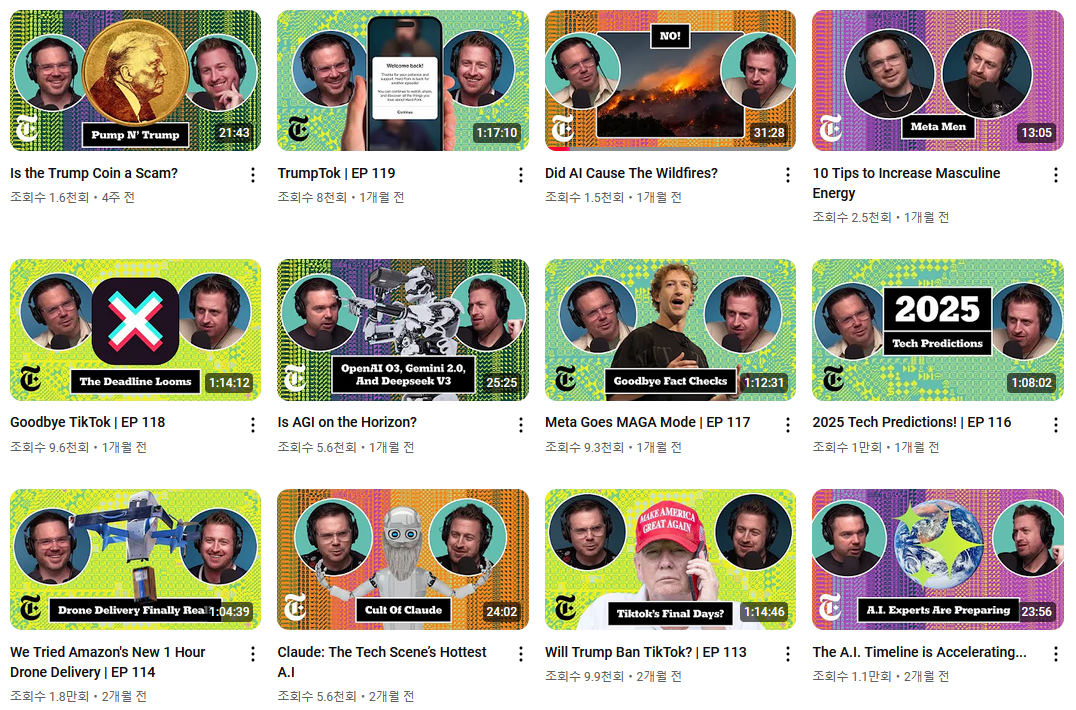
Video Podcasts are emerging as a new growth engine in the podcast market. Platforms like YouTube are rapidly attracting listeners through video podcasts. This hybrid format, combining the informative power of audio with the visual immersion of video, is particularly popular among Millennials and Gen Z. Spotify is also quickly adapting to this trend. It has integrated video capabilities into its podcast hosting platform, enabling creators to easily distribute video podcasts through Spotify.
👑 Spotify’s Podcast Empire: What’s the Secret to Success?
The ‘Lock-In’ Strategy: Exclusive Content & Creator Incentives
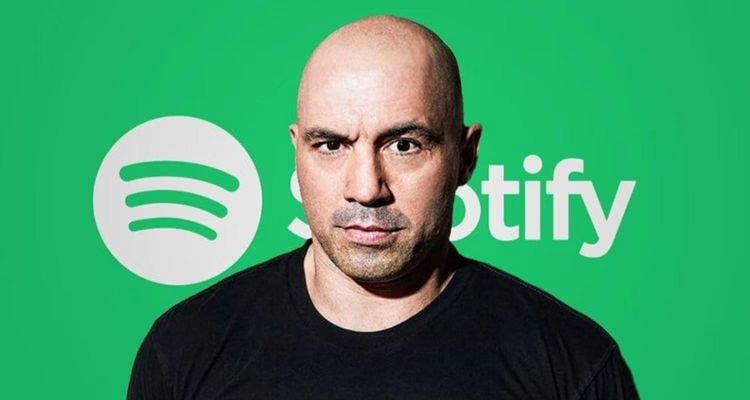
At the core of Spotify’s podcast strategy lies aggressive content acquisition. Exclusive deals with high-profile figures like Joe Rogan and Michelle Obama were pivotal moments that significantly boosted Spotify’s podcast profile. Additionally, acquisitions of podcast production company Gimlet Media and hosting platform Anchor.fm contributed to expanding its content library and targeting niche markets.
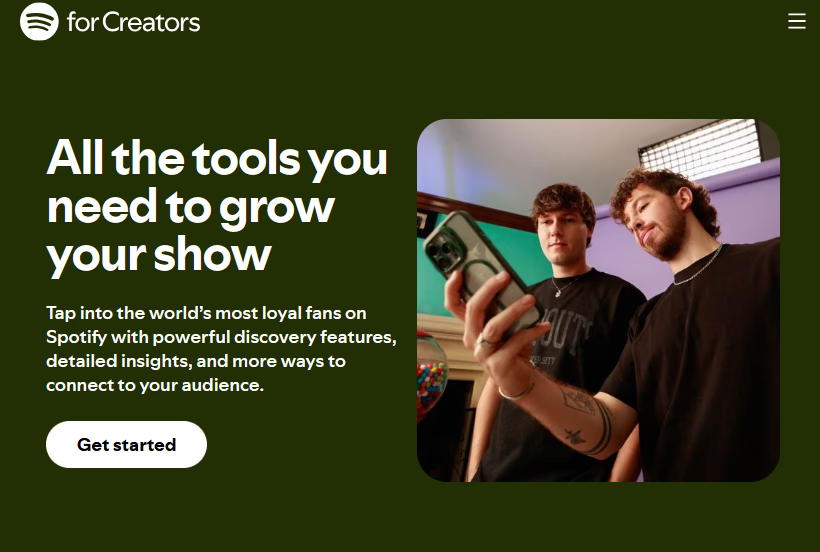
Notably, Spotify for Creators, the podcast hosting service provided by Spotify, has helped lower the barrier to entry for podcast creation. By offering incentives to creators through various monetization options like ad revenue sharing and subscription models, Spotify has built a self-sustaining growth structure within its ecosystem.
This exclusive content strategy is a key differentiator for Spotify against competing platforms. Spotify’s exclusive video podcasts cannot be found on other platforms like Apple Podcasts or YouTube. Consequently, listeners seeking this exclusive content gravitate towards Spotify. This mirrors Netflix’s strategy of using original content to ‘lock-in’ subscribers, prioritizing subscriber loyalty.
Ads & Subscriptions, Plus Creator Support
Spotify has built a stable revenue foundation in the podcast market through a hybrid monetization strategy combining advertising and subscriptions. Beyond direct-sold ads, it has introduced programmatic advertising solutions to enhance ad efficiency.
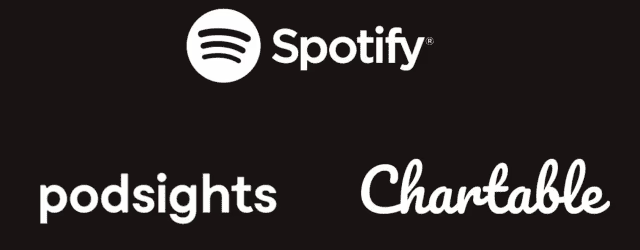
The 2022 acquisitions of ad measurement companies Podsights and Chartable improved ad performance analysis capabilities. These technologies allow advertisers to measure the effectiveness of their campaigns and maximize their ROI (Return On Investment). Furthermore, Spotify is experimenting with interactive marketing by developing ‘shoppable audio ads,’ allowing listeners to purchase products via voice commands.
Spotify also contributes to activating the creator ecosystem by offering podcast hosts diverse revenue generation opportunities. Hosts receive ad revenue proportional to their listener count and also share in subscription revenue based on the listening time of paid subscribers. Additionally, hosts can earn extra income through listener donations or paid subscriptions.
⚔️ The Battle Isn’t Over: Challenges and Intensifying Competition
Saturated Platforms, Hard-to-Find Content…
As the podcast market grows, platform saturation and difficulty in content discovery are becoming more pronounced. Reaching potential listeners amidst over 5 million podcasts worldwide remains a significant challenge for hosts.
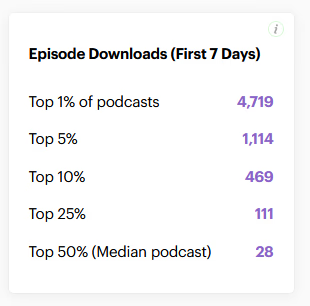
Spotify’s algorithmic recommendation feature aims to alleviate discovery issues by exposing niche content to relevant listeners. However, smaller creators with limited financial resources struggle to compete against established, popular podcasts. According to data from hosting provider Buzzsprout, 50% of podcasts receive fewer than 28 downloads per episode in their first week. The skew towards popular hosts remains an ongoing challenge.
YouTube and Apple: A Fiercely Competitive Audio Landscape
YouTube’s push into the podcast market poses a strong competitive threat to Spotify. Leveraging its dominant video platform position, YouTube is rapidly expanding its podcast market share. Apple maintains a loyal user base with its Apple Podcasts app, its biggest advantage being pre-installed on iPhones. However, its failure to offer monetization tools as diverse as Spotify’s is considered a weakness. Ultimately, the podcast market is expected to see intense competition centered around a Big Three dynamic: Spotify, YouTube, and Apple.
🚀 Audio Content’s Future: Spotify’s Strategy Takes Aim
Driven by technological innovation and shifting consumer trends, the podcast market is rapidly evolving. Spotify has positioned itself as a key player in the podcast ecosystem through its content acquisition strategy, AI-powered personalization technology, and creator-centric monetization models. Looking ahead, the podcast market is projected to evolve further, particularly around AI technology and interactive audio content. Will Spotify be able to maintain its leading position amidst the competition?